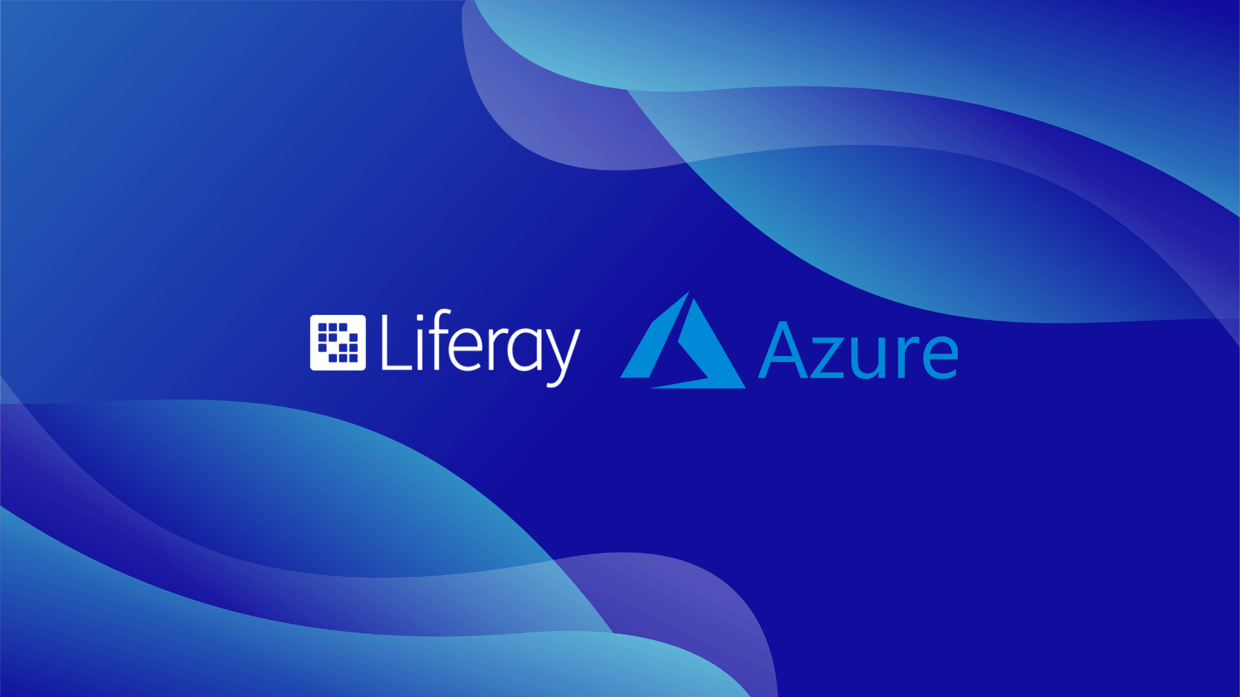

On December 7 and 8, 2023, several ACA members participated in CloudBrew 2023 , an inspiring two-day conference about Microsoft Azure. In the scenery of the former Lamot brewery, visitors had the opportunity to delve into the latest cloud developments and expand their network. With various tracks and fascinating speakers, CloudBrew offered a wealth of information. The intimate setting allowed participants to make direct contact with both local and international experts. In this article we would like to highlight some of the most inspiring talks from this two-day cloud gathering: Azure Architecture: Choosing wisely Rik Hepworth , Chief Consulting Officer at Black Marble and Microsoft Azure MVP/RD, used a customer example in which .NET developers were responsible for managing the Azure infrastructure. He engaged the audience in an interactive discussion to choose the best technologies. He further emphasized the importance of a balanced approach, combining new knowledge with existing solutions for effective management and development of the architecture. From closed platform to Landing Zone with Azure Policy David de Hoop , Special Agent at Team Rockstars IT, talked about the Azure Enterprise Scale Architecture, a template provided by Microsoft that supports companies in setting up a scalable, secure and manageable cloud infrastructure. The template provides guidance for designing a cloud infrastructure that is customizable to a business's needs. A critical aspect of this architecture is the landing zone, an environment that adheres to design principles and supports all application portfolios. It uses subscriptions to isolate and scale application and platform resources. Azure Policy provides a set of guidelines to open up Azure infrastructure to an enterprise without sacrificing security or management. This gives engineers more freedom in their Azure environment, while security features are automatically enforced at the tenant level and even application-specific settings. This provides a balanced approach to ensure both flexibility and security, without the need for separate tools or technologies. Belgium's biggest Azure mistakes I want you to learn from! During this session, Toon Vanhoutte , Azure Solution Architect and Microsoft Azure MVP, presented the most common errors and human mistakes, based on the experiences of more than 100 Azure engineers. Using valuable practical examples, he not only illustrated the errors themselves, but also offered clear solutions and preventive measures to avoid similar incidents in the future. His valuable insights helped both novice and experienced Azure engineers sharpen their knowledge and optimize their implementations. Protecting critical ICS SCADA infrastructure with Microsoft Defender This presentation by Microsoft MVP/RD, Maarten Goet , focused on the use of Microsoft Defender for ICS SCADA infrastructure in the energy sector. The speaker shared insights on the importance of cybersecurity in this critical sector, and illustrated this with a demo demonstrating the vulnerabilities of such systems. He emphasized the need for proactive security measures and highlighted Microsoft Defender as a powerful tool for protecting ICS SCADA systems. Using Azure Digital Twin in Manufacturing Steven De Lausnay , Specialist Lead Data Architecture and IoT Architect, introduced Azure Digital Twin as an advanced technology to create digital replicas of physical environments. By providing insight into the process behind Azure Digital Twin, he showed how organizations in production environments can leverage this technology. He emphasized the value of Azure Digital Twin for modeling, monitoring and optimizing complex systems. This technology can play a crucial role in improving operational efficiency and making data-driven decisions in various industrial applications. Turning Azure Platform recommendations into gold Magnus Mårtensson , CEO of Loftysoft and Microsoft Azure MVP/RD, had the honor of closing CloudBrew 2023 with a compelling summary of the highlights. With his entertaining presentation he offered valuable reflection on the various themes discussed during the event. It was a perfect ending to an extremely successful conference and gave every participant the desire to immediately put the insights gained into practice. We are already looking forward to CloudBrew 2024! 🚀
Read more



